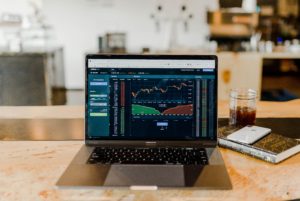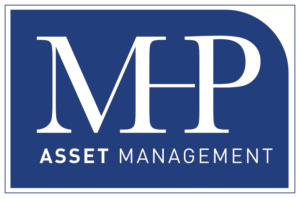Sell in May and go away has been a mantra that has been heard every spring regarding the stock market. The term was actually born in London’s financial district. The full saying is “Sell in May and go away; come back on St. Léger’s day.” The St. Leger Stakes is the oldest of England’s five horse racing classics and is the last to be run, typically mid- September.
According to the Stock Trader’s Almanac, since 1950 the Dow Jones Industrial average has had an average return of 0.3% from May –October vs. 7.5% during the November-April time frame. The only “danger” month is September that has had a negative return of minus .06% says the STA.
Data from Standard and Poor’s takes the statistics to another level that shows an approximate 8% return in the markets if the your money was left in a broader S+P 500 index , however if On May 1st through the end of October, your portfolio was re-allocated or rotated towards defensive stocks and health care, your returns average near 11%. Defensive stocks are those that typically do better than others during difficult market periods. Examples are companies or funds in Tobacco, oil, utilities or food.
So my take away on this data; that it makes a lot of sense to reposition your equities or exchange traded funds in the spring to reflect defensive and healthcare related stocks or ETF’s especially in qualified or tax deferred accounts, those taxable accounts should weigh the tax ramifications of selling and buying.
The data also suggest that a buy and hold strategy works, however a buy and reallocate strategy works better. Statistically the difference of 8% versus 11% over a period of years will have a dramatic difference in the value of your investments, and possibly the amount of your retirement income.
April, historically has been a very good month in the markets and can be a very good time to make adjustments towards liquidity or to hedge your portfolio with ETF’s like VXX which is a short term volatility control fund. As the S+P 500 becomes more volatile, the price of VXX goes up. Due to the extreme lack of volatility that we have had, this could be the “undervalued” addition to your investment mix. We are also 9 years into a bull market with no real corrections. We are due, and can you afford a loss?
Exchange Traded Funds (ETF’s) are a very efficient and cost-effective means of executing this type of re-allocation strategy. Some ETF’s can be traded with no commission and very low fee’s, just do your homework or work with a professional to implement this strategy.
Mark Patterson is Chief investment officer with MHP Asset Management and can be reached at (603) 447-1979 or mark@mhp-asset.com.


























